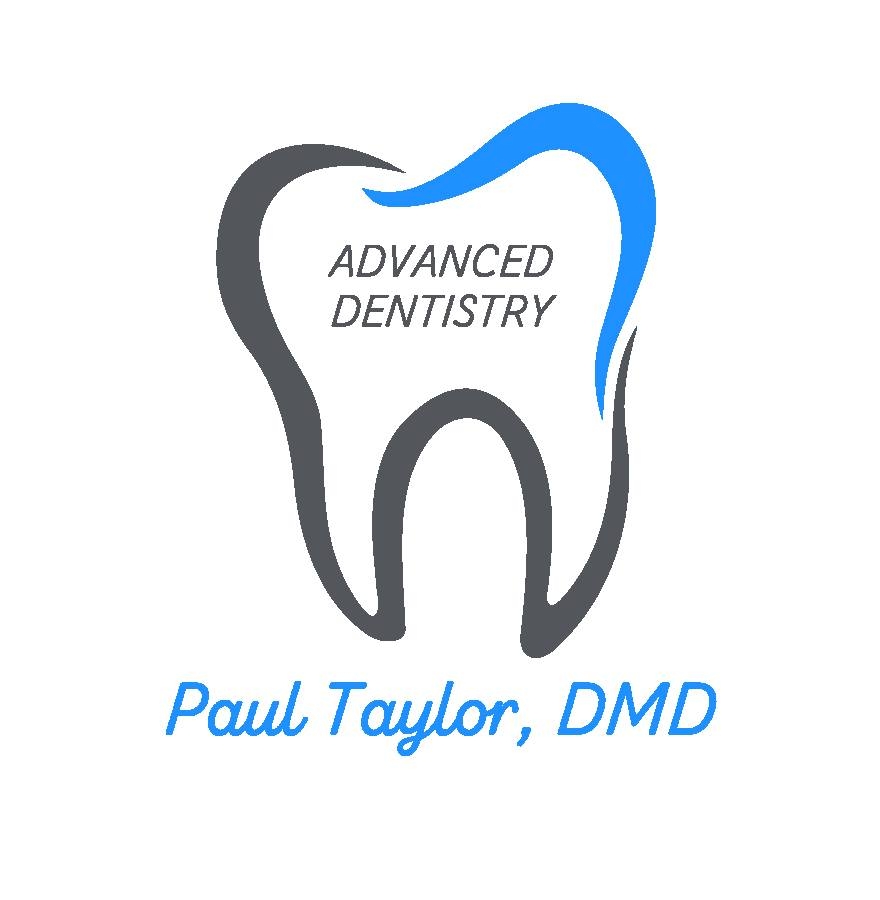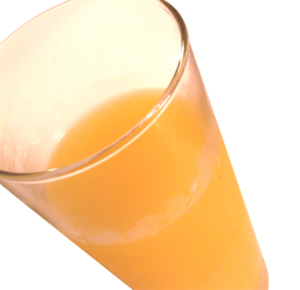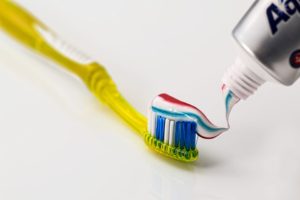Dentist in San Diego, CA
 Even a healthy mouth is lined with bacteria. Normally, your daily oral hygiene routine helps prevent oral health complications. However, it is possible to develop an excess of bacteria and fungi, which can lead to additional problems. Here’s what you should know about oral thrush and what you can do to prevent it.
Even a healthy mouth is lined with bacteria. Normally, your daily oral hygiene routine helps prevent oral health complications. However, it is possible to develop an excess of bacteria and fungi, which can lead to additional problems. Here’s what you should know about oral thrush and what you can do to prevent it.
What is it?
Oral thrush is caused by a collection of the fungus Candida in your mouth. Bacteria and fungi occur naturally in your mouth, but it is important that they are not permitted to build up. Thrush can appear as white, thick scrapes on your tongue or inner cheek. It may also look like patchy, white sores.
Who does it affect?
Young children, infants, and the elderly are at a higher risk of developing oral thrush. If you have a weakened immune system or diabetes, it is even more important that you stay active to keep your mouth healthy and prevent issues like oral thrush. Smokers also tend to develop oral thrush more than other patients.
What can it do?
Oral thrush can lead to trouble swallowing and tasting. As it develops, it can become painful. Oral thrush can make affected areas feel like they are burning, and slight bleeding can occur if you are scraping your tongue or cheeks. Some describe the feeling as having cotton in their mouth.
Thrush can spread. If you have a weakened immune system, it is possible that thrush moves into your lungs, digestive tract, and even your heart.
How can I prevent It?
Our best recommendation for preventing oral thrush is a vigilant daily oral hygiene routine that includes a thorough brushing and flossing of your teeth, and includes your tongue. We sometimes recommend a patient use a tongue scraper to clean your tongue. Just like brushing your teeth, your tongue depends on daily cleaning to stay healthy and free of germs and bacteria.
The American Dental Association recommends that for some patients it might be helpful to consider an antimicrobial toothpaste or mouthwash. Check with our doctor to see which solutions might be best for you.
We cannot overstate the importance of regularly scheduled dental exams. If you are a diabetic, it is even more important that you schedule regular visits to our office. By having your mouth checked by our staff, we can work with you to prevent oral health issues like thrush.
For more tips on keeping your mouth healthy or to schedule your next visit, please contact our office.


 Are you embarrassed by the look of your smile? Dental veneers might be the solution for you. Veneers are thin shells of a ceramic or composite resin material that are bonded to the front of the tooth. Veneers can transform your smile by changing the size, shape, and color of your teeth.
Are you embarrassed by the look of your smile? Dental veneers might be the solution for you. Veneers are thin shells of a ceramic or composite resin material that are bonded to the front of the tooth. Veneers can transform your smile by changing the size, shape, and color of your teeth. When a tooth is extracted, your blood cells clot over the site of the tooth to protect your bone, nerves, and tissue. However, some patients experience dry sockets, a condition where blood clotting does not occur. Here’s what you need to know about dry sockets after tooth extraction.
When a tooth is extracted, your blood cells clot over the site of the tooth to protect your bone, nerves, and tissue. However, some patients experience dry sockets, a condition where blood clotting does not occur. Here’s what you need to know about dry sockets after tooth extraction. Don’t be fooled by the label “100 percent fruit juice.” Drinks advertised in this way might seem like a healthy choice, but these drinks may be doing more harm than good. In fact, fruit juices contain sugar that can lead to tooth decay. The American Academy of Pediatrics (AAP) recently reevaluated their recommendations for allowing small children to consume fruit juice. Here’s what you need to know about the new guidelines.
Don’t be fooled by the label “100 percent fruit juice.” Drinks advertised in this way might seem like a healthy choice, but these drinks may be doing more harm than good. In fact, fruit juices contain sugar that can lead to tooth decay. The American Academy of Pediatrics (AAP) recently reevaluated their recommendations for allowing small children to consume fruit juice. Here’s what you need to know about the new guidelines. Osteoporosis is a disease that affects roughly 10 million Americans, according to statistics from the National Osteoporosis Foundation. Additionally, another 44 million people are at an increased risk of developing the disease due to of low bone density. Symptoms appear in more than one-third of women over the age of 65. Fractures, pain, and mobility limitations can occur from osteoporosis. Understanding the signs and symptoms, as well as prevention methods, can decrease your chance of developing osteoporosis.
Osteoporosis is a disease that affects roughly 10 million Americans, according to statistics from the National Osteoporosis Foundation. Additionally, another 44 million people are at an increased risk of developing the disease due to of low bone density. Symptoms appear in more than one-third of women over the age of 65. Fractures, pain, and mobility limitations can occur from osteoporosis. Understanding the signs and symptoms, as well as prevention methods, can decrease your chance of developing osteoporosis. Many people may be surprised to learn that they have been brushing their teeth incorrectly for years. Improper brushing may cause oral health complications, including tooth enamel erosion and periodontal disease. Learn how to brush your teeth correctly and you can protect them for years to come.
Many people may be surprised to learn that they have been brushing their teeth incorrectly for years. Improper brushing may cause oral health complications, including tooth enamel erosion and periodontal disease. Learn how to brush your teeth correctly and you can protect them for years to come. X-rays, or radiographs, have long been used in dentistry. Traditional film x-rays are a safe and effective part of your dental care, but they do require a small amount of radiation. In our office, we utilize digital x-ray technology that provides the benefits of film imaging but uses up to 80% less radiation. With our advanced digital radiographs, we can view your teeth and surrounding structures with remarkable accuracy.
X-rays, or radiographs, have long been used in dentistry. Traditional film x-rays are a safe and effective part of your dental care, but they do require a small amount of radiation. In our office, we utilize digital x-ray technology that provides the benefits of film imaging but uses up to 80% less radiation. With our advanced digital radiographs, we can view your teeth and surrounding structures with remarkable accuracy. If carbonated soft drinks are part of your normal daily routine, you may be causing serious damage to your teeth. Recent studies have found soft drinks to be among the most potent dietary causes of tooth decay. Soft drinks have also been implicated in increases of obesity, type 2 diabetes, and other serious health conditions. Before you shop for beverages this week, consider a few things you should know about soft drinks.
If carbonated soft drinks are part of your normal daily routine, you may be causing serious damage to your teeth. Recent studies have found soft drinks to be among the most potent dietary causes of tooth decay. Soft drinks have also been implicated in increases of obesity, type 2 diabetes, and other serious health conditions. Before you shop for beverages this week, consider a few things you should know about soft drinks. Root canal, or endodontic, therapy treats inflammation or infection within the pulp of a tooth. If you are awaiting your first root canal treatment, you may feel anxious or uncertain. It can be difficult to separate myth from fact when trying to learn what to expect. Here is some useful information about root canal therapy and some common misperceptions you may encounter.
Root canal, or endodontic, therapy treats inflammation or infection within the pulp of a tooth. If you are awaiting your first root canal treatment, you may feel anxious or uncertain. It can be difficult to separate myth from fact when trying to learn what to expect. Here is some useful information about root canal therapy and some common misperceptions you may encounter.